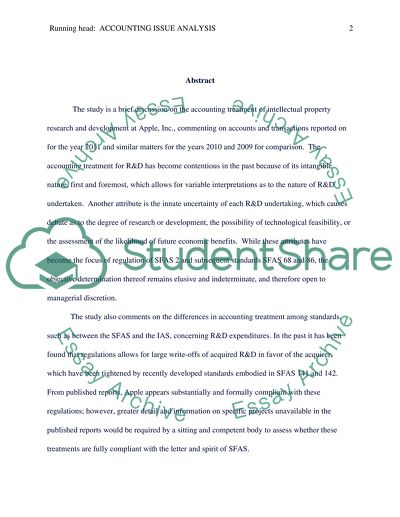Cite this document
(“The Treatment of Investments in Intellectual Property at Apple Research Paper”, n.d.)
The Treatment of Investments in Intellectual Property at Apple Research Paper. Retrieved from https://studentshare.org/finance-accounting/1456635-accounting-issue-analysis-paper
The Treatment of Investments in Intellectual Property at Apple Research Paper. Retrieved from https://studentshare.org/finance-accounting/1456635-accounting-issue-analysis-paper
(The Treatment of Investments in Intellectual Property at Apple Research Paper)
The Treatment of Investments in Intellectual Property at Apple Research Paper. https://studentshare.org/finance-accounting/1456635-accounting-issue-analysis-paper.
The Treatment of Investments in Intellectual Property at Apple Research Paper. https://studentshare.org/finance-accounting/1456635-accounting-issue-analysis-paper.
“The Treatment of Investments in Intellectual Property at Apple Research Paper”, n.d. https://studentshare.org/finance-accounting/1456635-accounting-issue-analysis-paper.


